Understanding Carbon Monoxide Leaks
Carbon monoxide (CO) is a colorless, odorless gas that is produced by incomplete combustion of fuels such as gas, oil, coal, and wood. Carbon monoxide leaks occur when there is a problem with the combustion process, leading to the release of this harmful gas. Common sources of carbon monoxide leaks include gas appliances, furnaces, water heaters, generators, and cars.
It is important to understand the risks associated with carbon monoxide leaks and take swift action to correct them. Carbon monoxide is a silent killer, as it can quickly build up in enclosed spaces and lead to poisoning or even death. Therefore, it is crucial to be aware of the dangers and know how to detect and prevent carbon monoxide leaks.
Dangers of Carbon Monoxide
Carbon monoxide is highly dangerous to humans and animals. When inhaled, it displaces oxygen in the bloodstream, preventing oxygen from reaching vital organs and tissues. This can lead to a variety of symptoms, ranging from mild to severe, including headache, dizziness, nausea, confusion, chest pain, and even loss of consciousness.
If not addressed promptly, carbon monoxide poisoning can result in long-term health complications or even be fatal. It is especially hazardous for young children, pregnant women, the elderly, and individuals with pre-existing respiratory or cardiovascular conditions. Therefore, it is crucial to take immediate action when carbon monoxide is detected.
Detecting Carbon Monoxide Leaks
Since carbon monoxide is odorless and colorless, it is impossible to detect without the help of specialized detectors. Carbon monoxide detectors are designed to sound an alarm when they detect a high level of carbon monoxide in the air. It is important to have these detectors installed in key areas of your home, such as near bedrooms and common living areas.
Regularly test your carbon monoxide detectors to ensure they are functioning properly. Replace the batteries as recommended by the manufacturer, usually once a year. Additionally, be aware of the symptoms of carbon monoxide poisoning, as they can serve as early indicators of a leak. If multiple people in your household are experiencing unexplained symptoms that improve when they leave the premises, it could be a sign of a carbon monoxide leak.
Immediate Steps to Take when Carbon Monoxide is Detected
Evacuate the premises immediately
If your carbon monoxide detector sounds an alarm or you suspect a carbon monoxide leak, evacuate the premises immediately. Do not hesitate or waste time gathering belongings. Carbon monoxide can quickly build up to dangerous levels, so it is important to remove yourself and others from the affected area as soon as possible.
Open all doors and windows to ventilate the area
Once you are outside, open all doors and windows to allow fresh air to enter and ventilate the area. This will help dissipate the carbon monoxide and reduce the concentration of the gas indoors. Avoid re-entering the building until it has been deemed safe by authorities.
Turn off any potential sources of carbon monoxide
If it is safe to do so, turn off any potential sources of carbon monoxide, such as gas appliances, furnaces, water heaters, or generators. This will help prevent further release of carbon monoxide into the environment and minimize the risk of a potential explosion or fire.
Call emergency services or local fire department
Once you have evacuated and ensured the premises are well-ventilated, call emergency services or your local fire department to report the carbon monoxide leak. They will dispatch trained professionals who can assess the situation, determine the source of the leak, and take appropriate measures to correct it.
Seek medical attention for anyone experiencing symptoms of carbon monoxide poisoning
If anyone in your household is experiencing symptoms of carbon monoxide poisoning, such as headache, dizziness, or nausea, seek immediate medical attention. Inform the healthcare professionals about the potential carbon monoxide exposure so they can provide appropriate treatment and monitor for any complications.
Preventing Future Carbon Monoxide Leaks
Prevention is the key to avoiding carbon monoxide leaks and the associated risks. Here are some measures you can take to prevent future incidents:
- Regularly inspect and maintain all gas appliances, furnaces, water heaters, and other potential sources of carbon monoxide.
- Ensure proper installation of all fuel-burning appliances and have them regularly serviced by qualified technicians.
- Avoid using generators, grills, or other combustion devices indoors or in enclosed areas.
- Keep all vents, flues, and chimneys clear of obstructions to allow for proper airflow and venting.
- Never use gas-powered tools or equipment in enclosed spaces without proper ventilation.
- Install carbon monoxide detectors on every level of your home and near sleeping areas. Test them regularly and replace batteries as needed.
Regular Maintenance of Carbon Monoxide Detectors
Regular maintenance of carbon monoxide detectors is essential to ensure their proper functioning. Here are some maintenance tips:
- Test your carbon monoxide detectors at least once a month to make sure the alarm is working.
- Replace the batteries as recommended by the manufacturer, typically once a year.
- Check the expiration date of your carbon monoxide detectors and replace them as needed, usually every 5-7 years.
- Clean the detectors regularly to remove any dust or debris that may interfere with their sensors.
By taking these swift and safe measures to correct carbon monoxide leaks, you can protect yourself, your loved ones, and your home from the dangers of this silent killer. Stay vigilant, be proactive in prevention, and always prioritize safety when it comes to carbon monoxide exposure.
Publisher’s Details:
ICE Air Conditioning & Plumbing
2620 Regatta Dr Suite 102, Las Vegas, NV 89128, United States
(866) 460-4372
Iceaclv.com
[email protected]
For professional HVAC maintenance and mold prevention in North Las Vegas, trust the experts at ICE. Keep your HVAC system clean and mold-free with our services.
Read: Homeowners Guide To An Ideal HVAC Maintenance

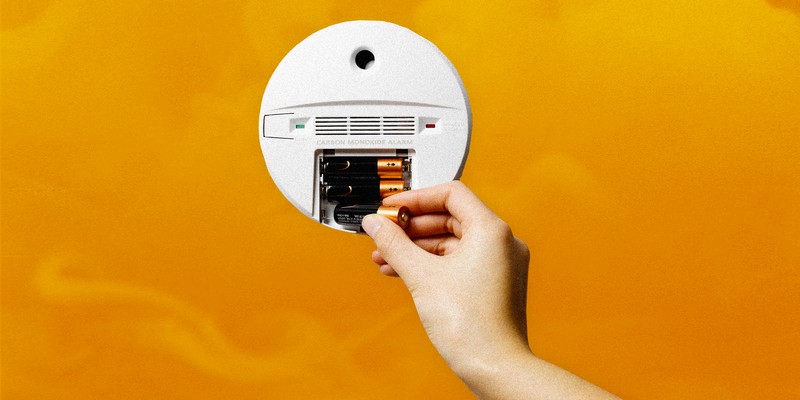
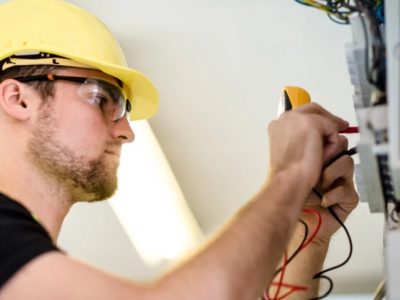
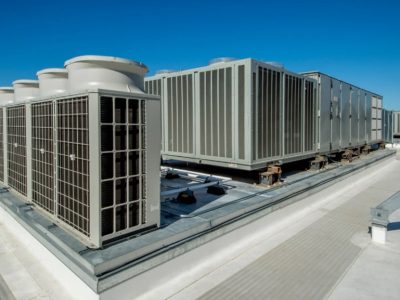
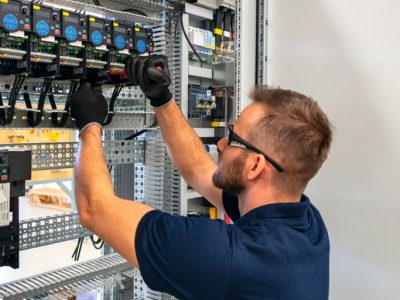
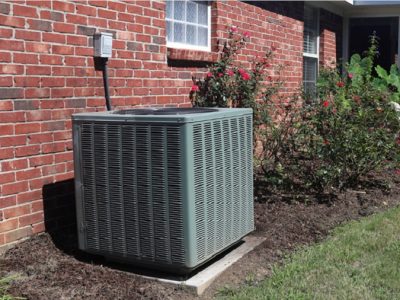
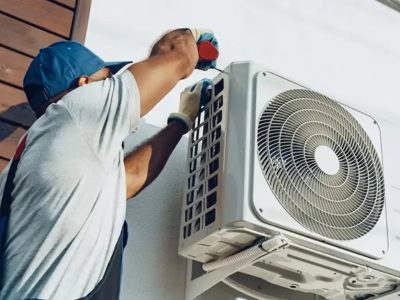



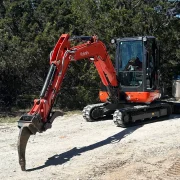

Comments